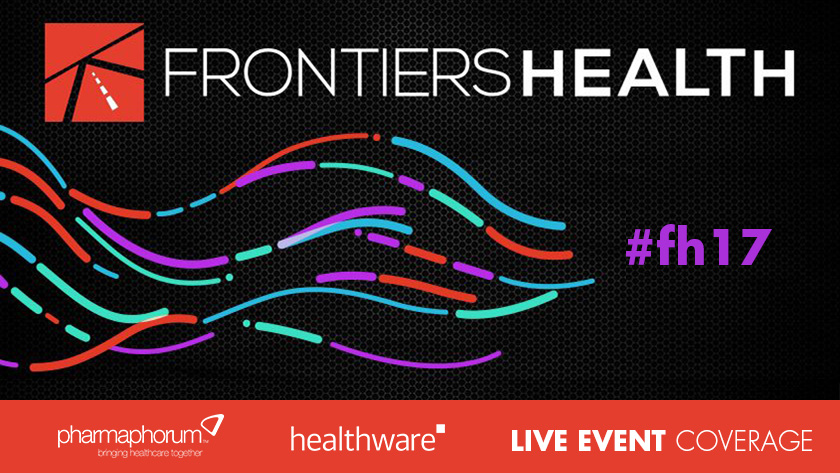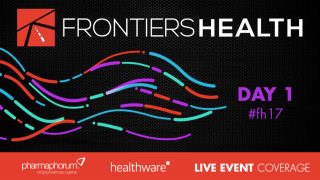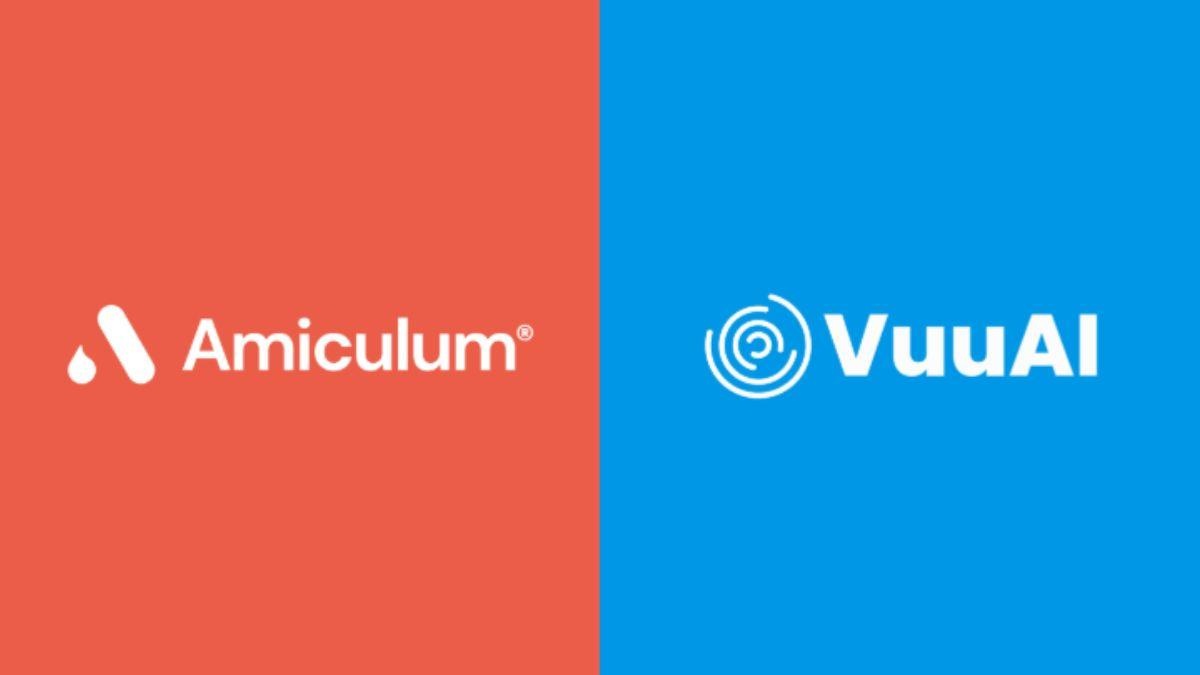Exclusive live coverage: Frontiers Health 2017

What does the cutting-edge of digital health look like? Which innovations are on the cusp of becoming a mainstream reality and who is it that is driving this advancement?
Frontiers Health is a two-day event focused on exactly this; an event which brings together the companies and people who are and will continue to transform the face of medicine and healthcare for the better.
Taking place on the 16-17 November, the pharmaphorum team are on site and will be delivering live exclusive coverage of the full event.
Alternatively, you can review and interact with the conversation on Twitter using the hashtag #fh17
For more information on Frontiers Health and the speakers and topics featured please click here
Our coverage from Day One - including profiles of ten cutting edge start-ups can be found by clicking the banner below.
Live coverage of day two will begin at 8.00am GMT on 17th November - plus you can find exclusive insight from key event speakers below the live blogging window.











